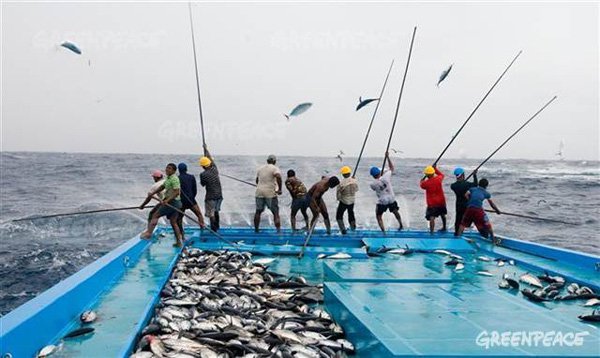Parent volunteers
Question
My son's coach (pitching machine) is a reluctant volunteer and does not have a good idea of what the boys need to know. There are a lot of parents that would like to help out when we are at 1st and 3rd base, but what exactly are we supposed to be doing/ saying? Please help before we flop!
Answer
Sally:
If I understand correctly, you are volunteer parents, serving as first and third base coaches.
Some things to help out: First base ~
1. If there are two outs, the runner needs to run on any ball that is hit.
2. If less than two outs, the runner needs to run on balls hit on the ground. If the ball is hit in the air, in the infield, he should go towards second base, the distance determined by how close the ball is to him, and how comfortable he feels. That distance will be different for each player, based on their experience and speed. If the ball is caught, he needs to get back to first. If it is dropped or just falls to the ground, he needs to run to second.
If the ball is hit to the outfield, it is the same, only the runner can get further towards second.
3. If there is a base hit, runner runs towards second, about two thirds of the way, he needs to look at the third base coach, who will be verbally and with motions telling him whether to keep running to third, or stop at second. This part is called Coach, Base, Coach. After looking at the coach, he needs to look at the base and start around towards third, if that is what the coach is telling him. As soon as he touches the base, he needs to look at the coach a second time, as things may have changed and the coach may want him to stop at second.
4. In all cases with less than two outs, the runners need to freeze on line drives, until they see the ball won't be caught, then they can go. If they run when it's hit, and a infielder catches the line drive, it can be turned into a double play.
5. Runners should know the difference between a force and no force. In a force situation, the runner has another runner coming behind him, which forces him to leave his base. Example, a runner on first is forces to leave first base when the batter hits the ball, becoming the batter/runner. However, if the runner is on second base and there is no runner on first, the runner on second does not have to run as there is no one behind him forcing him to go.
The force, no force rule is an important one for players to learn, and one of which they need reminded when on base.
Third base ~
1. The third base coach is responsible for the runner at second as well as third.
2. All the force situations above apply here also.
3. The third base coach needs to remind the runner on third about when he is going, and when he is not. With no runner on second, the runner does not need to run on a ground ball to the infield. Whether he runs or not is determined by whether the fielder it is hit to is playing up, or back. Up, see if the ball gets through the infield. Back, run on the hitters contact.
5. Two outs, runner is going on any ball hit.
6. Less than two outs, ball hit in the air, fair or foul, they need to tag up. If the ball drops, or is missed, they will score easily anyway. If it is caught, the runner who has tagged can run on the catch. If he doesn't tag right away, he may not get back in time to score on the catch. Any fly ball or line drive that is caught, fair or foul, the runner can tag and run on the catch. If they leave the base before the ball is caught, the umpire will call them out.
An example of what to say to a runner on third, no outs, infield playing up:
1. No outs, tag on anything in the air, ground ball has to go through the infield, freeze on line drives.
Second scenario: runner on third, no outs, infield playing back:
1. No outs, tag on anything in the air, run on a ground ball, freeze on line drives.
I am not familiar with that particular levels unique rules, but I would assume there is no stealing, moving up on passed balls, or lead offs.
On my website, www.theoleballgame.com, I have a section on base running, which covers running off of each base. You may locate some things on those pages which will help you also. It is located in the Baseball Instruction section, then the links to each page are located on the bottom of the base running page.
Good luck to you. If you have additional questions, please let me know. Enjoy the season!
Yours in baseball,
Rick
catching a fly ball in the outfield
infield fly rule- player leaving the field


